William Creek, located halfway along the famous Oodnadatta Track about nine hours north of Adelaide, has made the shift from diesel generation to solar in a move that has slashed the town’s energy costs with no capital outlay.
At the gateway to the Simpson Desert, William Creek has a population of just 50 but hosts approximately 26,000 tourists each year. Previously the town was 100% reliant on diesel generation but is now powered by a 200 kW ground-mounted solar array coupled with a 280 kWh battery energy storage system.
Juice Capital, which financed the project as part of a long-term commercial power purchase agreement (PPA), said the off-grid system, which went live in November 2022, has supported in the town’s ambition to be self-sufficient and sustainable while significantly reducing its power bill.
Juice Capital Commercial Sales Manager Dan Howard said the town’s previous diesel-generated power was priced at approximately $1.20 per kWh. Now the town purchases its electricity for $0.287 per kWh.
“We are really proud of this project as it has bridged a gap between the outback and grid-connected towns,” he said. “Communities like William Creek have been left to fend for themselves when it comes to delivering their own energy.”
“To power a town like this using only diesel was expensive. They now have an option.”
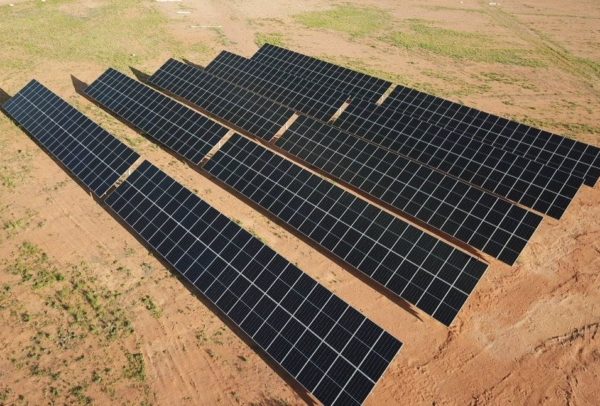
Image: MyEnergy SA
Designed and developed in conjunction with Adelaide-headquartered engineering firm MyEnergy, the William Creek renewable energy system comprises 330 Trina solar modules and 135 kVa of Victron Energy Quattro inverters DC coupled using Victron 450/200 smart solar chargers and AC coupled using Fronius International ECO inverters. This is partnered with 280 kWh of energy storage provided by Pylon Technologies’ US5000 batteries. The system is remotely controlled using technology provided by Victron Energy.
Howard said one of the key challenges associated with the William Creek project was the “sheer remoteness” of the location.
“William Creek is one of the most remote communities in Australia,” he said. “There is over 300 kilometres of dirt road to get there.”
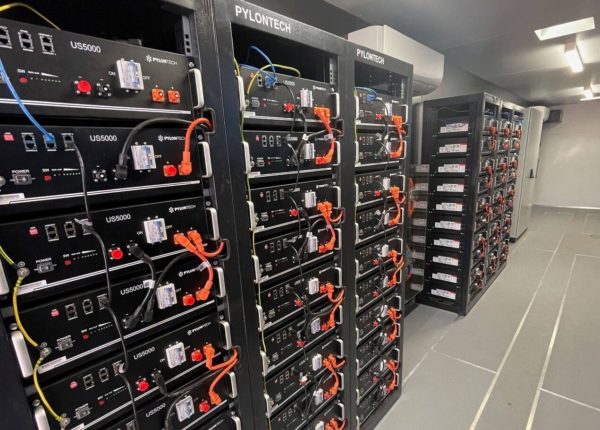
Image: MyEnergy SA
Juice Capital will own, operate, and maintain the solar and battery power plant on behalf of William Creek for the life of the asset which is one of a growing portfolio the company has throughout Australia.
The Sydney-headquartered company said it has more than 350 on-site solar power plants with a combined capacity of more than 15 MW operating on commercial business sites in all states and territories.
Howard said the company’s solutions include solar systems, grid energy, storage and emerging energy technologies.
“Our customers are SME’s, farmers, hospitality, and a broad range of service businesses,” he said. “We help business reduce their carbon footprint, save money and work toward their net zero goals without the use of their own capital.”
This content is protected by copyright and may not be reused. If you want to cooperate with us and would like to reuse some of our content, please contact: editors@pv-magazine.com.
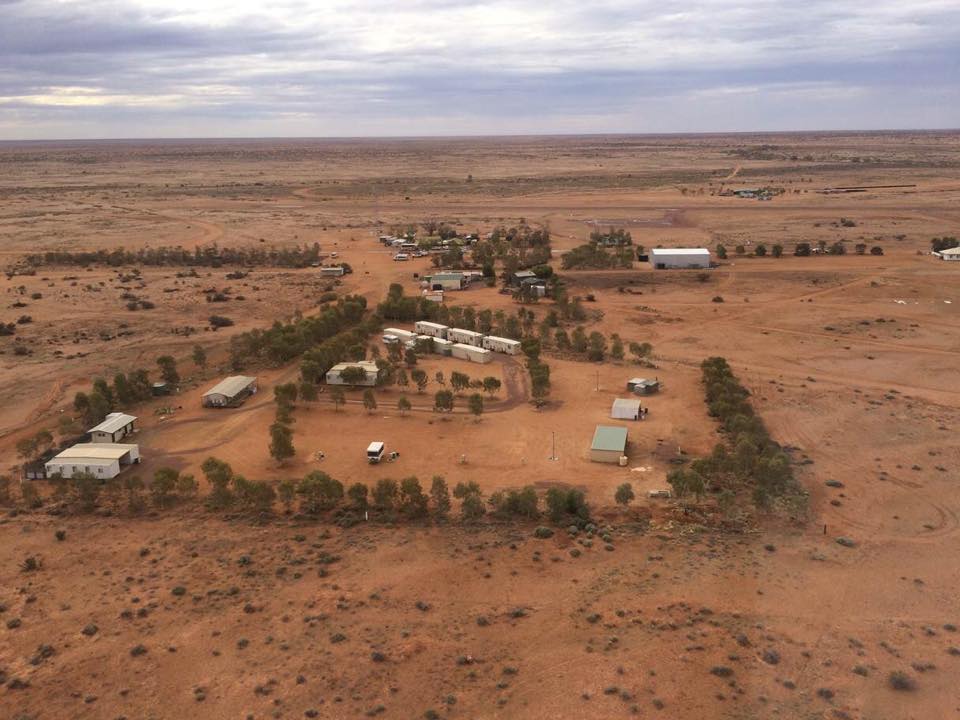
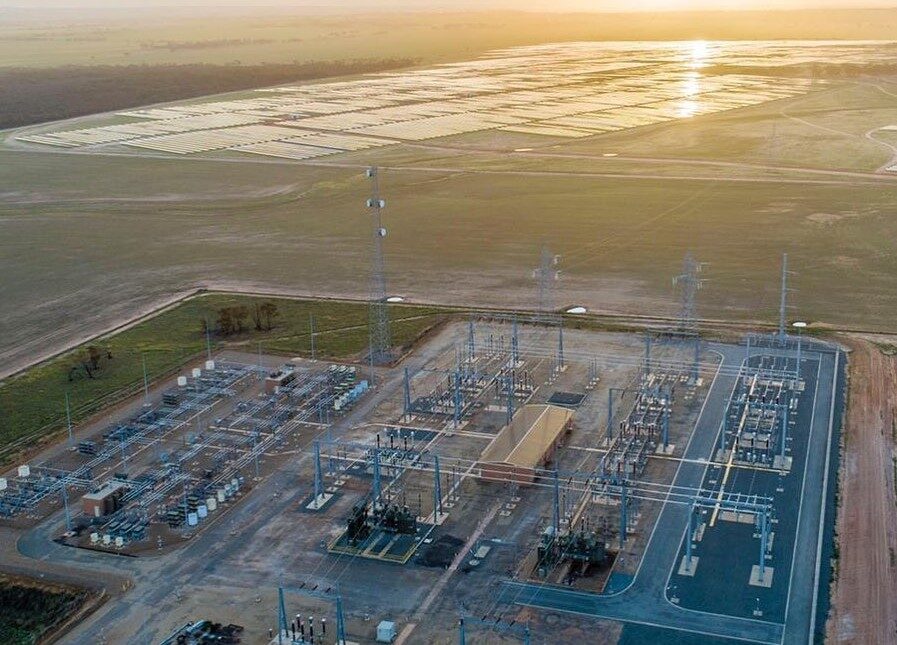


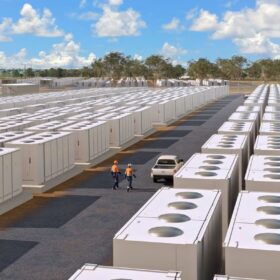
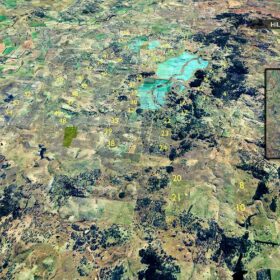
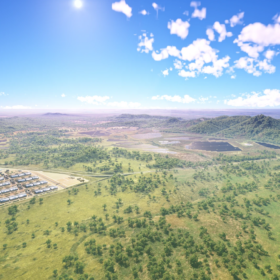

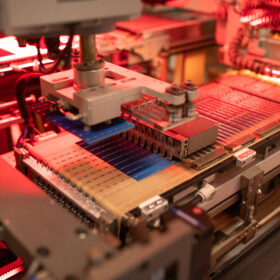
My questions are how long will the battery last if there’s a prolonged period of overcast conditions and low solar energy generation, if any? Will the diesel back up still be needed to provide power through those times?
I do understand this would be quite a rare scenario but still valid questions
Also is there access to the specialised firefighting equipment used to control a fire in the event of these batteries catching fire? As they have in other locations around Australia and the world.
Hi Simon, so I went back to My Energy Solar for clarification on your questions, which they came back with extremely quickly. Their response is below:
How long will the battery last if there’s a prolonged period of overcast conditions and low solar energy generation?
The battery is only designed for around one day of autonomy and relies on diesel to provide backup power. William Creek Power System since its operation (November) has had a diesel run time on average of 30 minutes per day. This is a significant step down from 24/7 runtime.
Will the diesel backup still be needed to provide power through those times?
Yes, all sites have diesel backup to power through times when renewables cannot provide.
Is there access to the specialised firefighting equipment used to control a fire in the event of these batteries catching fire?
Short answer: no. The system uses a lithium phosphate battery (safest of all lithium batteries) and is a managed battery system. The system integrates with Victron and has a range of electrical protection systems in place to prevent extremely low fire risk. The system is built in a purpose-built container and sits approximately 400 m to the side of the town.